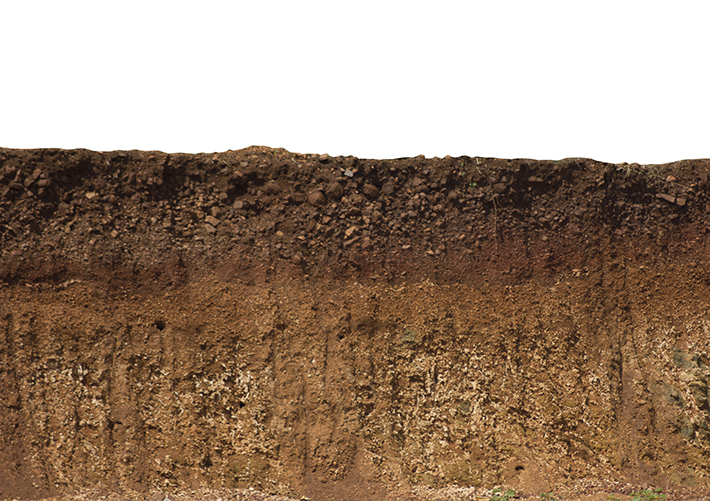
Contaminants at Sediment Sites
A new ASTM International standard examines how the process of ebullition can cause the movement of contaminants at sediment sites.
ASTM International member Tripp Fischer explains that ebullition is the process of gas (primarily methane) generation in sediments where the quantity of gas generated is sufficient for gas bubbles to nucleate, grow, fracture the sediment, and then escape into the overlying water body.
“These gas bubble can contribute to the movement of non-aqueous phase liquids (NAPL) into the overlying water body as well,” says Fischer, chief science officer, Brownfield Science & Technology, Inc. “Understanding and measuring this mode of NAPL movement (rate, quantity, duration) is important for remedial decision making.”
Environmental consultants working on sites with NAPL in sediments will find the new standard (E3300) useful. In addition, the standards will be important for regulatory agencies and other project stakeholders that have an interest in appropriate sediment remedies and decision making.
ASTM’s committee on environmental assessment, risk management, and corrective action (E50) developed the new standard.
Fischer notes that, while the new standard assists users in understanding ebullition processes and measuring rates, it does not specifically address how remediation strategies should change based on the results of the studies. The guide also does not discuss the use and application of specific measurement devices in great detail. However, the subcommittee that developed E3300 plans on continuing to develop standards in this area, and all interested parties are invited to participate in this work.
To purchase standards, contact ASTM International customer relations (tel +1.877.909.ASTM; sales@astm.org).
 SN Home
SN Home Archive
Archive Advertisers
Advertisers Masthead
Masthead RateCard
RateCard Subscribe
Subscribe Email Editor
Email Editor